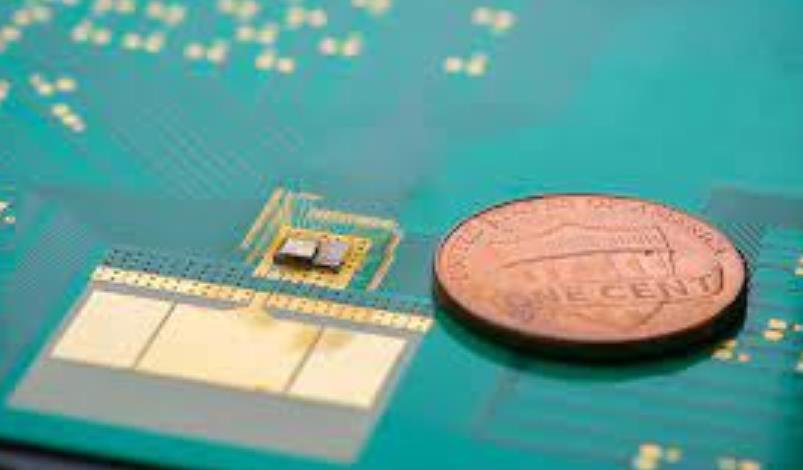Researchers have developed a new high-quality thin film conductor that could revolutionize small electronics by significantly extending battery life. This material, created by scientists at The Ohio State University, the Army Research Laboratory, and MIT, boasts exceptional electron mobility and low defect density. These properties make it an ideal candidate for future wearable electronics and other miniature applications, offering a promising alternative to traditional silicon-based technologies.
The new thin film conductor represents a significant milestone in materials science. Researchers have achieved unprecedented electron mobility, allowing electrical currents to pass through the material with minimal resistance. This high mobility is akin to a freeway with no traffic, where electrons can move freely and efficiently. Such properties are crucial for developing low-power electronics that consume less energy and extend battery life.

In addition to its impressive electron mobility, the thin film conductor has a low defect density. This means that there are fewer imperfections in the material that could interfere with electron movement. As a result, the material can maintain high performance even in demanding conditions. This makes it an excellent choice for applications in wearable electronics, where reliability and efficiency are paramount.
The research team has also explored the thermoelectric capabilities of the thin film conductor. These properties allow the material to convert heat into electrical energy, further enhancing its potential for energy-efficient applications. By harnessing both electrical and thermal properties, the thin film conductor could pave the way for innovative energy solutions in small electronics.
Potential Applications and Future Prospects
The new material’s unique properties open up a wide range of potential applications. One of the most promising areas is in wearable electronics, where the demand for lightweight, energy-efficient materials is growing. The thin film conductor’s ability to extend battery life and reduce energy consumption makes it an ideal candidate for smartwatches, fitness trackers, and other wearable devices.
Moreover, the material’s high performance and durability make it suitable for use in military applications. The Army Research Laboratory is particularly interested in low-power technologies that can enhance the efficiency of soldiers’ equipment. By integrating the thin film conductor into wearable devices, soldiers could benefit from longer battery life and improved performance in the field.
The commercial sector is also looking at the thin film conductor as a potential successor to silicon. As silicon-based technologies reach their limits, there is a growing need for new materials that can support the next generation of electronics. The thin film conductor’s superior electron mobility and low defect density make it a strong contender for this role, offering a viable alternative to traditional silicon-based components.
Challenges and Ongoing Research
Despite its promising properties, the thin film conductor still faces several challenges before it can be widely adopted. One of the main hurdles is the scalability of the material. Researchers need to develop methods for producing the thin film conductor on a large scale while maintaining its high quality. This requires further advancements in manufacturing techniques and quality control processes.
Another challenge is the integration of the thin film conductor into existing electronic devices. While the material has shown excellent performance in laboratory settings, it must be tested in real-world applications to ensure its reliability and compatibility. This involves extensive testing and collaboration with industry partners to develop practical solutions for incorporating the material into commercial products.
Ongoing research is focused on addressing these challenges and exploring new ways to enhance the thin film conductor’s properties. Scientists are investigating different compositions and fabrication methods to optimize the material’s performance. By continuing to push the boundaries of materials science, researchers aim to unlock the full potential of the thin film conductor and bring it closer to widespread adoption.
















